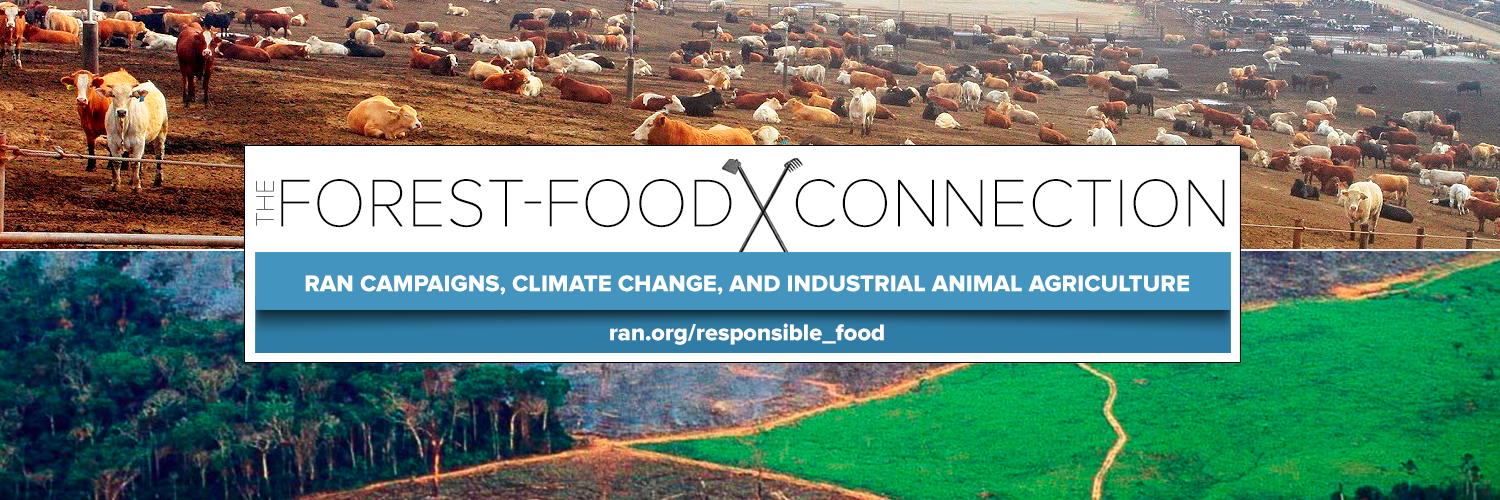The climate crisis may not be at the forefront of our minds when we buy a bag of apples at the grocery store, order dinner at a restaurant, or throw out a carton of milk with an expired due date, but our food system represents a significant portion of global GHG emissions.
The Food and Agriculture Organization of the United Nations (FAO) reports that “emissions from agriculture, forestry and fisheries have nearly doubled over the past fifty years and could increase an additional 30 percent by 2050, without greater efforts to reduce them.” [60]Studies by the Intergovernmental Panel on Climate Change (IPCC), which has global responsibility for assuring the science of climate change and its impacts is accurate, have shown that there’s a strong correlation between the production – and consumption, of animal-based foods and climate change.[61]
The livestock sector is responsible for 14.5% of global greenhouse gas emissions – largely from methane linked to animal digestion, deforestation, manure management, and the vast amounts of synthetic fertilizers required to produce livestock feed for animals housed in highly concentrated operations.[62]
Here is a breakdown of the biggest factors contributing to livestock being such an important driver of agriculture’s GHG emissions:[63f]
Digestion and waste: 39 percent of agriculture’s emissions are caused by the digestive process of ruminants (like cattle and sheep) that releases methane, a potent greenhouse gas, in the process of digestion.[64] Another significant percentage of emissions come from livestock manure: in livestock factory farms, manure is captured in cesspits that anaerobically digest the waste, producing methane gas. Contrast this with well-managed grazing in which manure is a natural source of soil fertility.
Land use: Livestock grazing as well as production of livestock feed also occupies a lot of land. Approximately 30% of all land and 75% of agricultural land is devoted to the production of livestock or animal feed according to the Food and Agriculture Organization (in the US the number is even higher – 80%).[65] Beef alone uses about three-fifths of the world’s agricultural land for pasture or for feed, although it only produces 5 percent of the planet’s protein and less than 2 percent of its calories. Forests razed for crops or grazing, soil carbon loss through over-grazing, and the lost opportunity to convert those lands back into carbon sinks aka forests all have a major impact on the climate.
Synthetic Fertilizer: Another major agriculture-related GHG contributor is synthetic fertilizer production and use, for a few reasons.[66] First, the mass production of synthetic fertilizer is energy-intensive, either using natural gas or coal-fired power plants. Secondly, the use of synthetic fertilizer releases carbon dioxide and nitrous oxide into the atmosphere as well as destroys soil health, reducing carbon sequestration in soils. Nitrous oxide is a greenhouse gas that has 300 times the heat trapping power of carbon dioxide.[67] Additionally, because 30% of all crops raised on the planet are fed to livestock, not people, emissions from fertilizer production are another big factor in livestock’s emissions.[68]
These are the areas of agriculture-related livestock emissions, but don’t include emissions from activities like fertilizer production, manufacturing processed foods, energy for home and institutional preparation, transportation, packaging, refrigeration, and food waste.[69]
Altogether, the food sector is driving a whopping one third of greenhouse gas (GHG) emissions, largely from deforestation (draining and burning peatlands which store vast amounts of carbon dioxide as well as clearing ancient forests which house huge amounts of carbon dioxide) and methane emissions.[70]
Our highly centralized, energy-intensive industrial food system is dependent on petrochemicals and fossil fuels. It endangers the health of farmers and consumers. It’s clearly not a system that can be sustained long term, especially if we take into account current and projected meat consumption and production, especially the growing demand for meat and dairy in countries like China and India and the spread of factory farming globally in emerging markets like China. If nothing is done to change current trends, livestock will become an increasingly critical part in the climate crisis.
By 2050, global meat consumption is expected to rise 76% and dairy 65% from 2005 levels.[71] With skyrocketing growth in some of the countries with the biggest populations and fastest developing middle classes, economic growth, urbanization and increased involvement in the global trade in meat and feed, we must watchdog the expansion of industrial meat production globally.
If the entire world ate US levels of meat, which hovers above 200 lbs a year,[72] it would mean a projected 320% increase[73] in animal products and the cropland needed would be at least double what we use today. We simply don’t have enough land available to meet the demands of the global embedding of the US diet.[74] Average global estimates suggest that, per unit of protein, GHG emissions from beef production are around 150 times those of soy products, by volume, and even the least emissions-intensive meat products—pork and chicken—produce 20–25 times more GHGs than plant-based foods.[75] While there is of course huge variability farm-to-farm and product-to-product, on average poultry production tends to be less GHG-intensive than beef.
In conclusion, although the scientific evidence is clear that we can’t solve the climate crisis without decreasing our consumption of meat, by itself meat consumption will not solve the scale of this problem. It’s essential that we also pressure multinational corporations to reduce their environmental harm. For, at the root of the problem is an industrial system, driven by some of the biggest corporations in the world, pushing a carbon- and resource-intensive agricultural model.
[60] http://www.fao.org/news/story/en/item/216137/icode/
[61] IPCC, 2014. Climate Change Synthesis Report.
[62] http://www.fao.org/docrep/018/i3437e/i3437e.pdf
[63] Anna Lappe, “Diet for a Hot Planet”
[64] http://faostat3.fao.org/browse/G1/*/E
[67] http://epi.yale.edu/the-metric/hidden-costs-nitrogen-and-phosphorus-fertilizers
[68] Cassidey et al, 2013: http://iopscience.iop.org/1748-9326/8/3/034015
[70] http://www.environmentmagazine.org/Archives/Back%20Issues/2015/May-June%202015/meat_abstract.html
[75] http://www.environmentmagazine.org/Archives/Back%20Issues/2015/May-June%202015/meat_abstract.html
